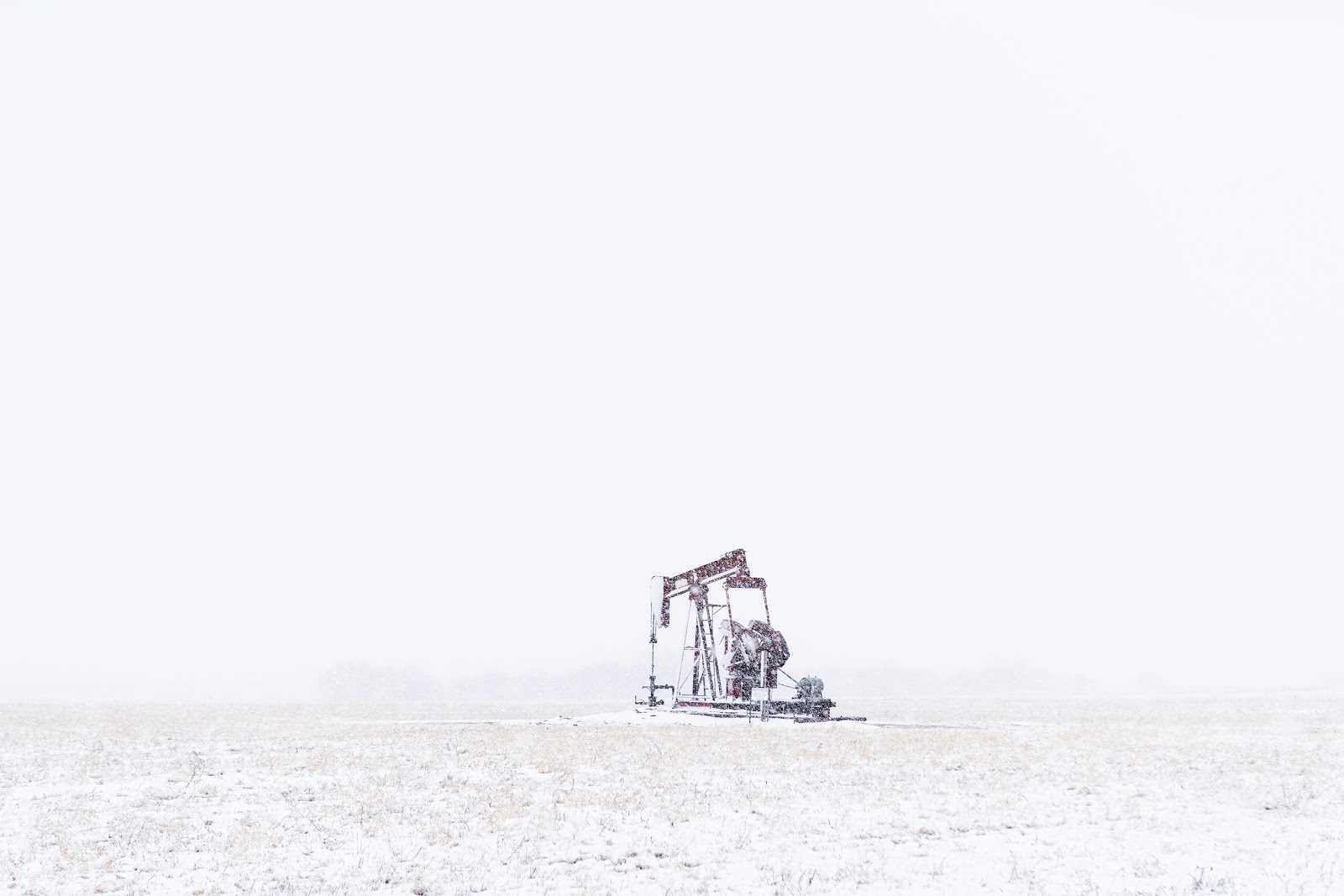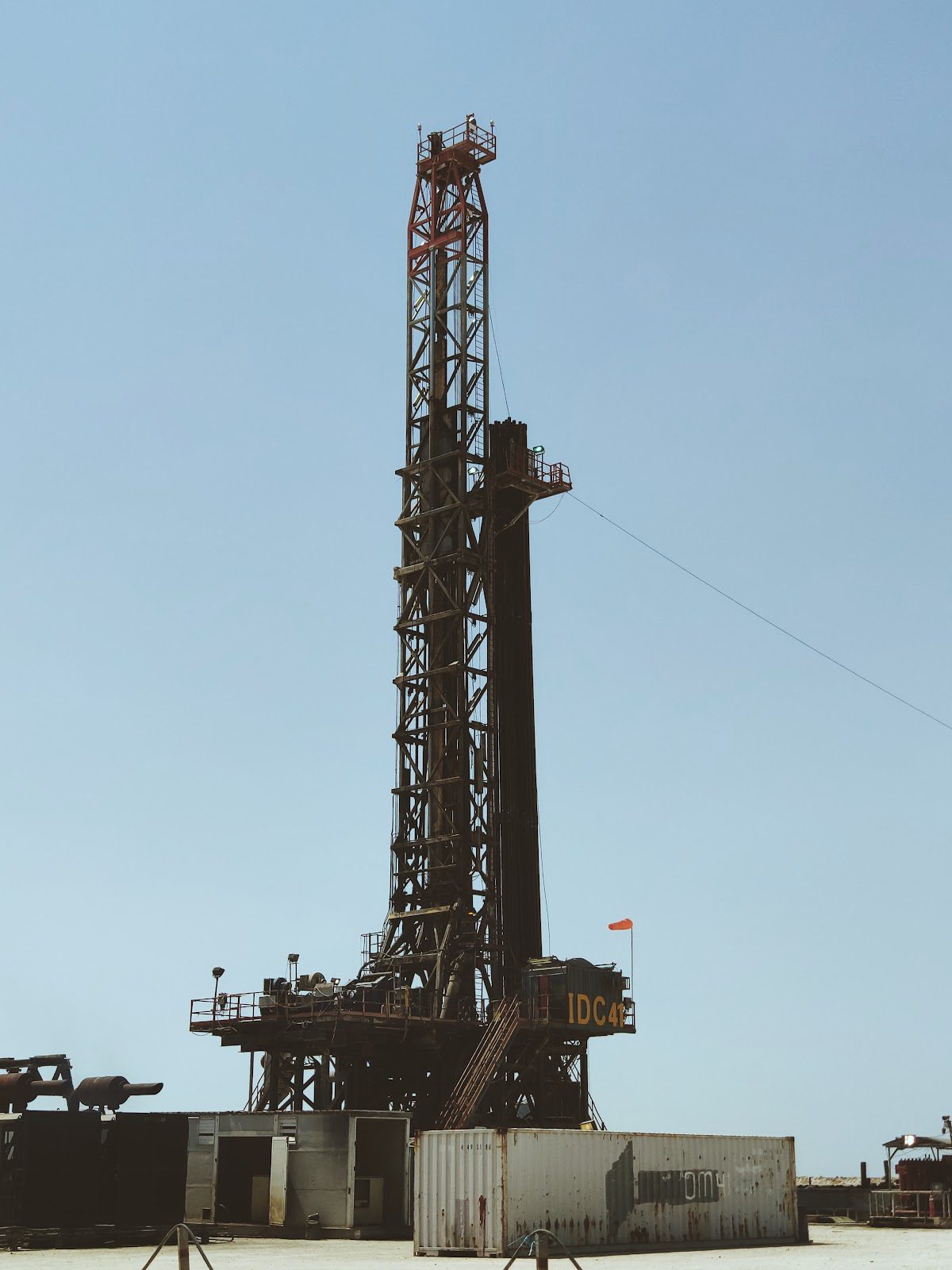Oil Workers Get Busy Plugging Orphaned Oil Wells
The United States is a vast, beautiful country with high plateaus and deep valleys, soft beaches and jagged mountains, arid deserts and lush forests. It’s a land of spacious skies and amber waves of grain, but over 100 years of oil drilling has left the American landscape pockmarked with abandoned pumpjacks. When the oil dried up or the funding fell through, many of these wells were deserted before owners took the necessary precautions to plug the sites. The Environmental Protection Agency estimates that of the 3.2 million abandoned oil wells in the United States, over 2.1 million have been left unplugged.

These exposed wells leak harmful greenhouse gases, including methane which is 84 times more warming than carbon dioxide in the atmosphere. Repercussions from the global pandemic have devastated the oil industry in the U.S., and even large oil companies like Marathon Petroleum are laying off thousands of oil workers. In an unpredictable move, one state is stepping up to solve this environmental crisis by putting oil workers back to business and plugging abandoned wells.
North Dakota is famous for Theodore Roosevelt National Park, known for having more registered vehicles than people and boasts 90% of the state as rural land, but recently the park system has earned national recognition for their pragmatic solution of paying petroleum workers to protect the environment. The project, undertaken by the North Dakota Oil and Gas Division, is expected to provide more than 600 jobs in the oil and gas sector along with 300-500 jobs supporting reclamation of the land. According to Reuters, the Oil and Gas Division is funding the project with over $66 million from the federal Coronavirus Aid, Relief, and Economic Security (CARES) Act, which passed with bipartisan support including from Senator Cramer (R-ND).

The project is planning to plug and restore over 400 abandoned well sites in North Dakota, the second largest oil-producing state in the US, but the initiative doesn’t end there. North Dakota is also restoring the land around the abandoned wells. “When fully and properly reclaimed, the wells and sites that have already been confiscated as a part of this process will return over 2,000 acres of land to farming, grazing, or personal use for North Dakota surface owners,” North Dakota Mineral Resources stated. Future funding from state, federal, or private interest will allow the Oil and Gas Division to continue their successful oil plugging operations.
Since many of the wells in the United States date back to the 1940s and 50s, experts estimate that reclaiming an abandoned oil well may cost over $150,000 per site. Oil companies are required to put up bonds of roughly $100,000 for each oil well, ostensibly so that they cannot leave a site unplugged. However, not every company has the resources or funding to plug their wells. Many of the oil equipment built in the mid 20th century is “orphaned,” meaning the companies that built them cannot afford to plug them or have since gone defunct. North Dakota’s success in restoring such sites is inspiring other states to generate their own solutions.
The Railroad Commission of Texas does more than just keep the trains on time. In 2020, the state agency plugged 1,477 orphaned oil wells, and the previous year they plugged 1,710. Over the last 30 years, Pennsylvania, the birthplace of the oil industry, has plugged over 3,000 oil wells, and plans to plug over 1,000 more in 2020 by ordering three companies to go back and plug their abandoned wells. New Mexico uses state funds to plug roughly 50 wells per year, and the state recently joined a bipartisan coalition imploring the federal government to institute a national program aimed at plugging abandoned wells.

The Interstate Oil and Gas Compact Commission (IOGCC) includes 31 states from Florida to California, and recently released a report, “intended to help states and provinces evaluate their idle- and orphan-well programs and identify useful regulatory tools and funding sources from other jurisdictions.” Moreover, they are urging legislators to stimulate the economy and promote energy independence by plugging orphaned wells. There’s still a lot of work to be done before the problem is remedied, but with so many states and legislators working together, it’s only a matter of time before America The Beautiful is unblemished by abandoned oil wells.





